This highly-anticipated publication sees a new instalment in a much-loved fantasy saga begun in 1995 with Assassin’s Apprentice. The story was apparently concluded with Fool’s Fate in 2003, but, unable to keep from writing about the captivating stalwart characters of FitzChivalry Farseer and ‘the Fool’, Robin Hobb grants us a return trip to the Six Duchies.
If you haven’t read any of the previous series, you’ll need a little introduction here to Robin Hobb’s fantasy world; it is a world of political intrigue above all else, of secrets and a magic so subtle that it creeps up on you: not one of wizards and spells, but one of nature and minds. This brief description might remind you of the ubiquitous Game of Thrones – it is similar, and yet so different. These books have a lighter touch, more sophistication, more heart and soul. If you do plan to read the series, I would encourage you to hurry away and read no further into this review, which, although containing no spoilers for Fool’s Assassin, necessarily reveals some about the earlier books.
The main character, Fitz, last appeared in Fool’s Fate, having earned a more than well-deserved break, and having finally settled down with his one true love in the country estate of Withywoods, against all the odds. His part in the fate of the world was played out, and his ‘puppeteer’, the prophet who guided his actions and thus the course of the world, had left for distant shores, promising never to return. How could Robin Hobb unravel such a neat conclusion? Were it not for the confidence that I was in the safe hands of a masterful storyteller, were it not for the excitement of having an unexpected continuation of this saga, I would have been frustrated by this coda to Fitz’s life. But as the reader soon discovers, this is no after-thought, no coda at all. Fitz’s trials and tribulations aren’t done yet, and Hobb left enough loose ties to pick them up and carry on as if the previous conclusion were nothing at all. Yet the false ending of Fool’s Fate is cleverly navigated: Fitz expresses shock at the story not yet being over, having repeatedly asserted that his part in affairs of state is long concluded, and he is not the only person to do so.
This is part of the inherent beauty of Hobb’s saga – especially the parts set in the Six Duchies (the ‘Farseer trilogy’, and the ‘Tawny Man’ trilogy), narrated by FitzChivalry. He struggles to be an impartial narrator, attempts to set facts down accurately, yet imbues every page with his own opinions and emotions. He is writing his story, whether he intends to or not, and his own false sense of security is enough to explain to the reader why not all is as it seems. The Six Duchies, and the wider world, still has a future which lies in the balance. Fitz ignores the danger signs, convinced that all threats are long gone. Should we trust his instincts? Not quite – it is the mark of true literary skill when authors manage to write convincingly from a character’s point of view and yet leave enough room for the reader to see more than the narrator (see my review of Daphne du Maurier’s My Cousin Rachel). Turbulent times are clearly ahead for Fitz – whether he believes it or not, whether he is prepared for it or not.
Overall, Fool’s Assassin is a very welcome addition to Robin Hobb’s opus of work, and while it forms the beginning of the third trilogy/series about FitzChivalry and the Fool, it is in fact the fourteenth novel set in this fantasy world. Naturally, to get the most enjoyment from reading Hobb’s work, I recommend starting at the beginning and continuing in order of publication (that is; ‘Farseer’, ‘Liveship Traders’, ‘Tawny Man’, ‘Rain Wilds Chronicles’, and now this new ‘Fitz and the Fool’ series) to fully understand – at least, as much as Hobb permits us to understand – the world and characters she has so expertly created and nurtured.
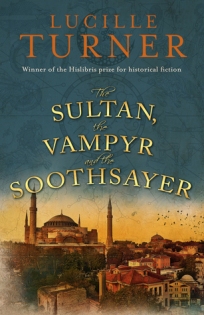 This book was an eye-opener for me, being new to the legend of Dracula and having little knowledge about its historical roots. The novel is set between the 15th century Balkans and the Ottoman empire, with its seemingly unstoppable march northwards into new territories. Hanging over the book is the threat of the sack of Constantinople, from many different points of view. The sultan Murad II is tormented by his failure to achieve the jewel in the Ottoman crown, tormented by the possibility of gaining access to the famous Greek scrolls contained within Constantinople’s library. His son and heir Mehmet too is tantalised by his dream of victory, a victory to prove he is worthy to rule, and is better than his father. On the other side of an uncomfortable diplomatic arrangement, Dracul of Wallachia is concerned for the Greeks, whom he devotedly supports despite pressure from the Roman Catholic church to prioritise compliance with their own doctrines.
This book was an eye-opener for me, being new to the legend of Dracula and having little knowledge about its historical roots. The novel is set between the 15th century Balkans and the Ottoman empire, with its seemingly unstoppable march northwards into new territories. Hanging over the book is the threat of the sack of Constantinople, from many different points of view. The sultan Murad II is tormented by his failure to achieve the jewel in the Ottoman crown, tormented by the possibility of gaining access to the famous Greek scrolls contained within Constantinople’s library. His son and heir Mehmet too is tantalised by his dream of victory, a victory to prove he is worthy to rule, and is better than his father. On the other side of an uncomfortable diplomatic arrangement, Dracul of Wallachia is concerned for the Greeks, whom he devotedly supports despite pressure from the Roman Catholic church to prioritise compliance with their own doctrines.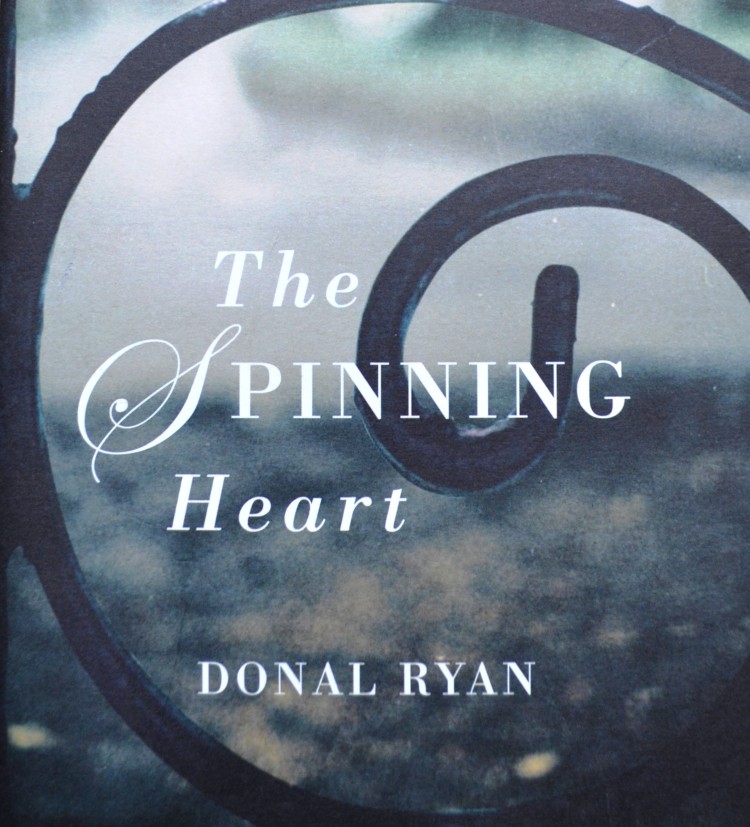
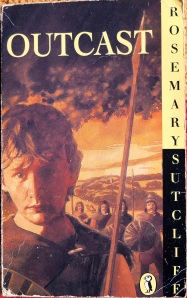 whose tales captivate both young and old. Outcast is just one of her books which I’ve returned to time and time again – so ignore the fact that you’d probably find it in the children’s section of bookshops. Like many of her other books, Outcast is set in Roman Britain. It tells the tale of Beric, a boy who spends his childhood in a British tribe, only for his life to be destroyed when he is cast out for bringing bad luck upon his community. His crime? He was born a Red Crest; a Roman.
whose tales captivate both young and old. Outcast is just one of her books which I’ve returned to time and time again – so ignore the fact that you’d probably find it in the children’s section of bookshops. Like many of her other books, Outcast is set in Roman Britain. It tells the tale of Beric, a boy who spends his childhood in a British tribe, only for his life to be destroyed when he is cast out for bringing bad luck upon his community. His crime? He was born a Red Crest; a Roman.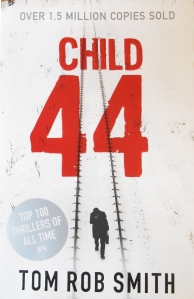 This is a rare novel – a piece of crime fiction in which the crime does not feel like a device. So many crime novels present various grisly murders solely so that their detectives can dance, the characters often feeling like puppets. The puppeteer can continue writing until he or she runs out of crimes to think of, when at last their detective can retire, or be killed off themselves.
This is a rare novel – a piece of crime fiction in which the crime does not feel like a device. So many crime novels present various grisly murders solely so that their detectives can dance, the characters often feeling like puppets. The puppeteer can continue writing until he or she runs out of crimes to think of, when at last their detective can retire, or be killed off themselves.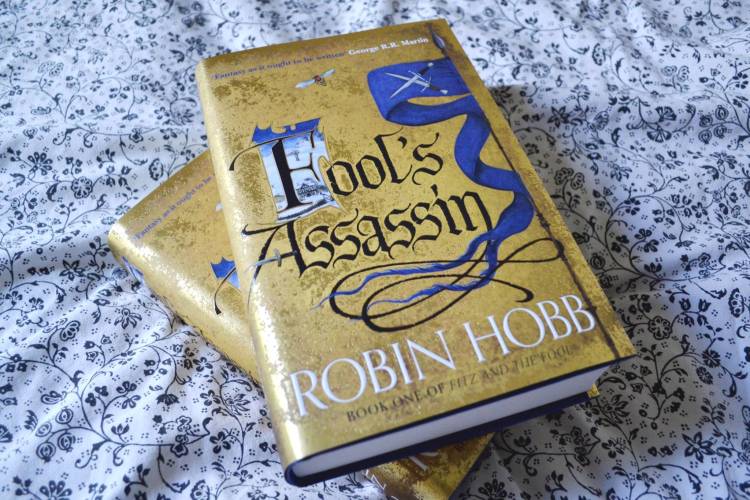
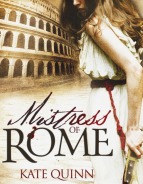 It’s time to explore the don’t-judge-a-book-by-its-cover mantra a little bit more. I hesitated to review this novel, as I think it is important that a reader should choose to read what they enjoy, and I am sure that there are many people out there who would enjoy this novel and find it sufficiently complex for a holiday read. However, while it may be more complex than several romance novels, it makes no pretence to a great deal of sophistication. The history is admittedly accurate, but remains a prop, suggestive of a dressing-up box. The main character, Thea, has a few points of interest, notably her past as the sole survivor of a massacre/mass suicide pact, but the writing falls short of making her ‘real’. Her foil, her previous mistress and rival in love, Lepida, is no more than a caricature, and is the real low-point of this novel. For the story to have any real meaning there should be more life in their rivalry, more tension, and more potential. Instead, Lepida exists merely to make Thea’s life a misery, and has no greater role than to be a plot device and somebody for Thea to triumph over in the end.
It’s time to explore the don’t-judge-a-book-by-its-cover mantra a little bit more. I hesitated to review this novel, as I think it is important that a reader should choose to read what they enjoy, and I am sure that there are many people out there who would enjoy this novel and find it sufficiently complex for a holiday read. However, while it may be more complex than several romance novels, it makes no pretence to a great deal of sophistication. The history is admittedly accurate, but remains a prop, suggestive of a dressing-up box. The main character, Thea, has a few points of interest, notably her past as the sole survivor of a massacre/mass suicide pact, but the writing falls short of making her ‘real’. Her foil, her previous mistress and rival in love, Lepida, is no more than a caricature, and is the real low-point of this novel. For the story to have any real meaning there should be more life in their rivalry, more tension, and more potential. Instead, Lepida exists merely to make Thea’s life a misery, and has no greater role than to be a plot device and somebody for Thea to triumph over in the end.